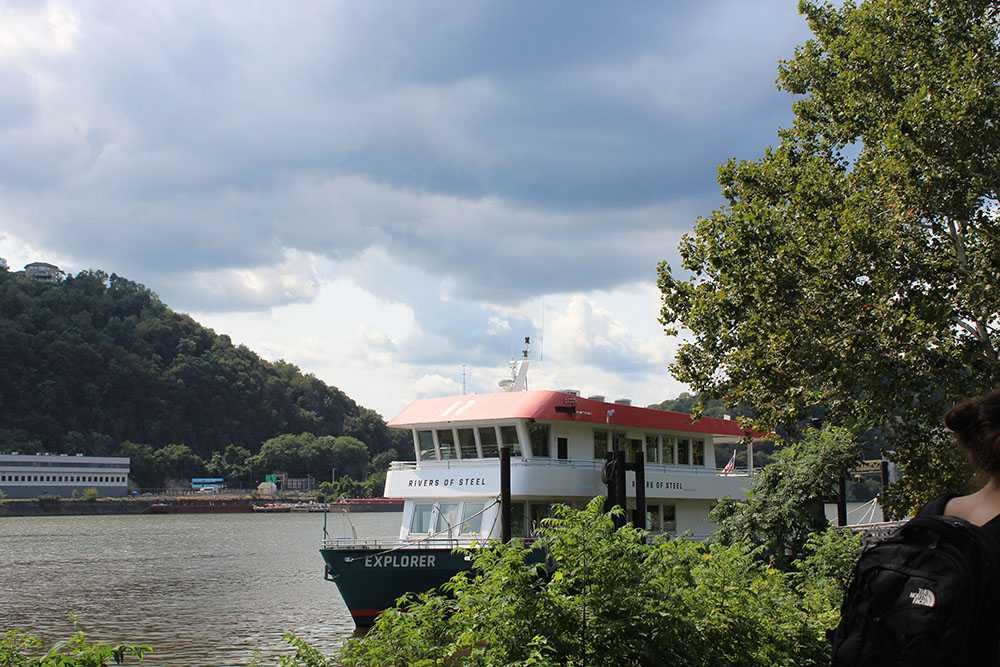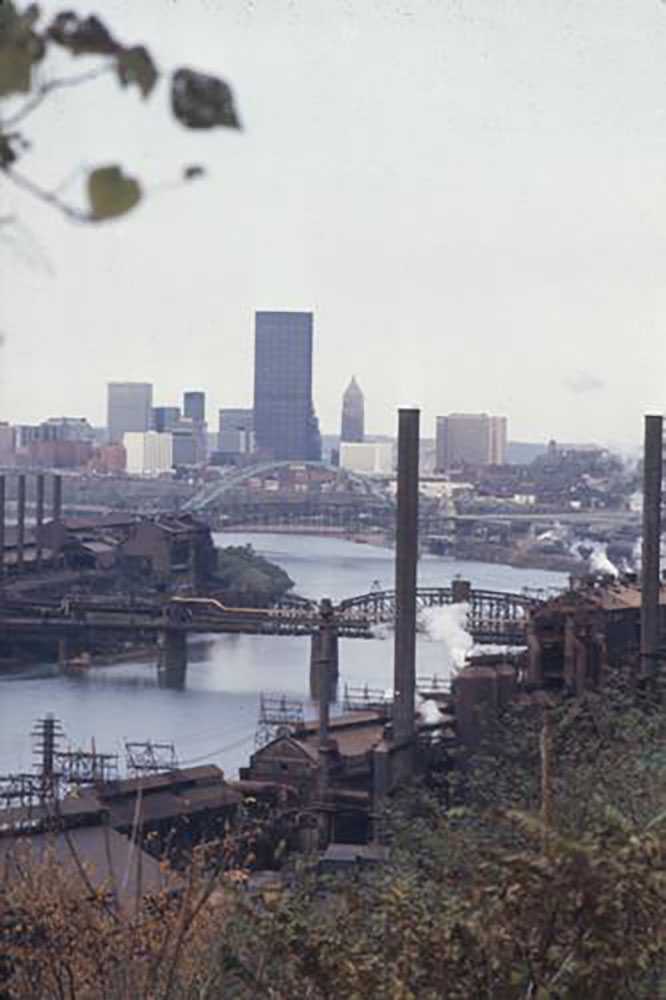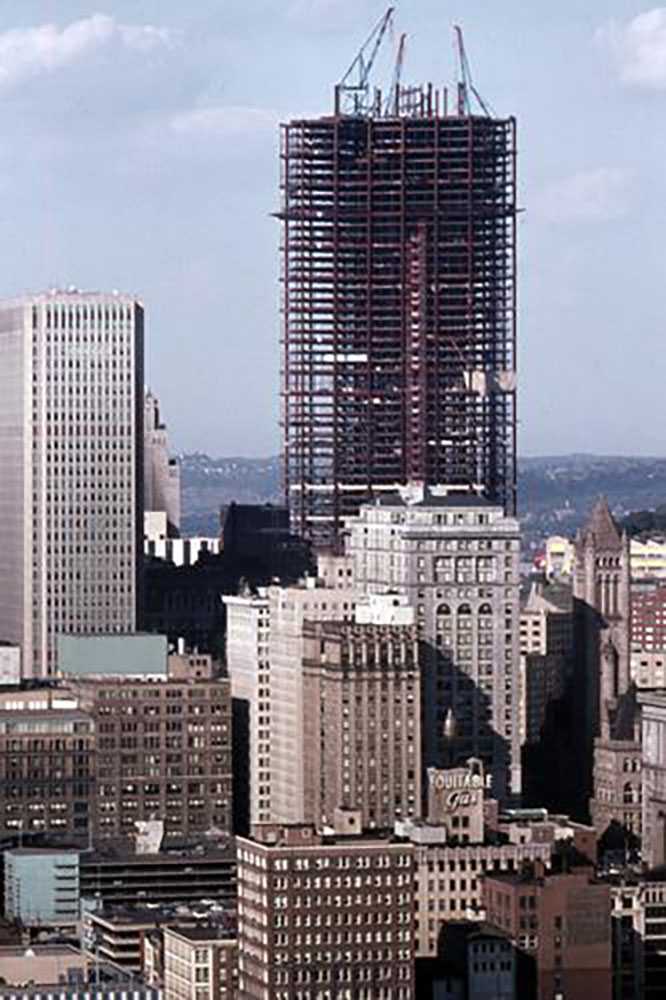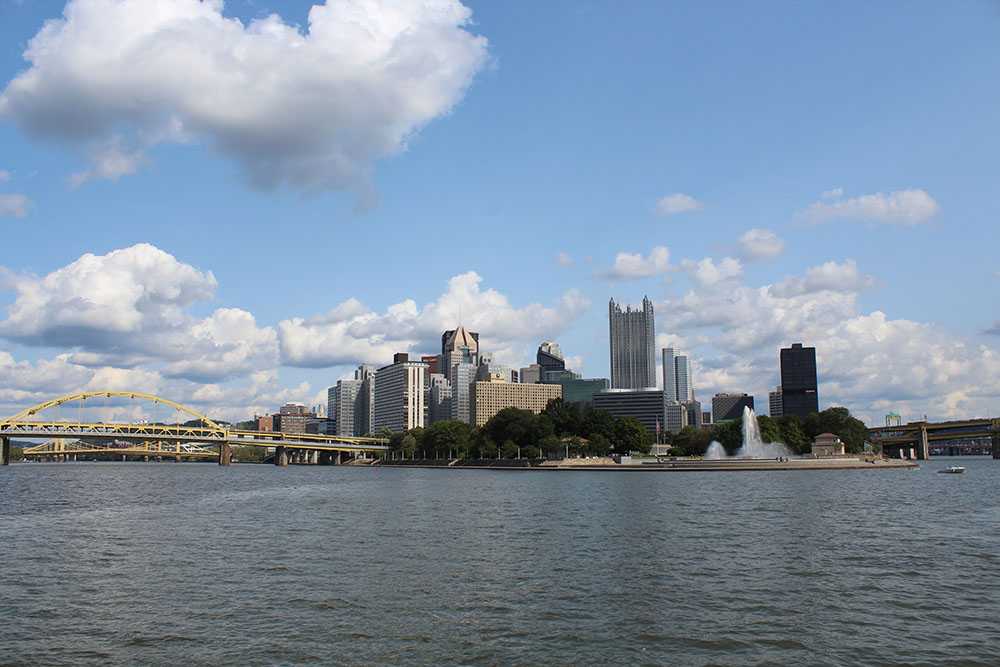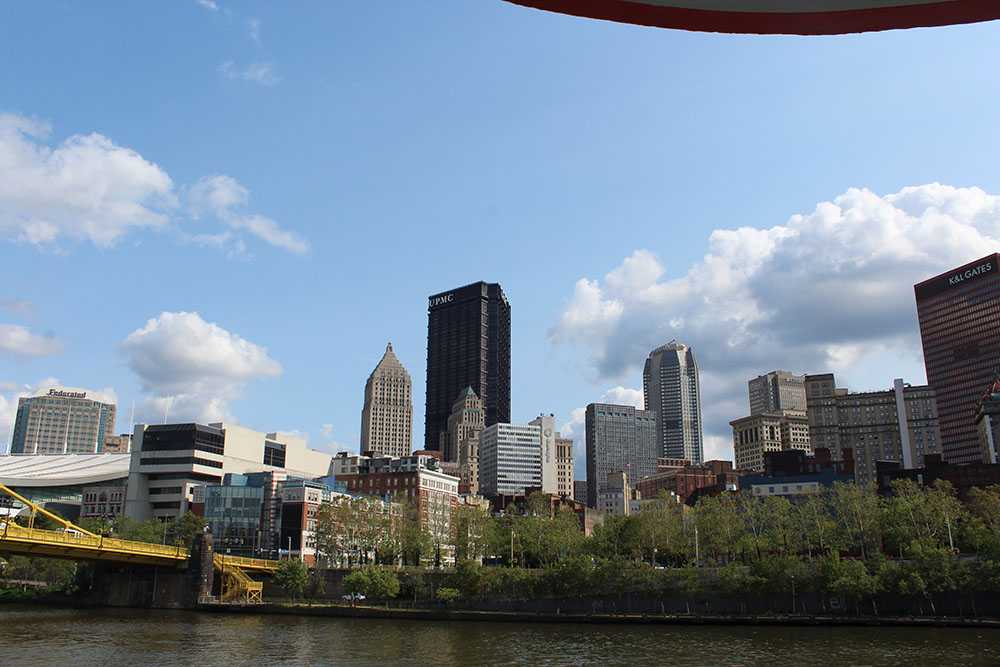Secret Pittsburgh
The Steel City: Reborn from the Rivers
By Andrew Kelly
The Steel City: Reborn from the Rivers
Pittsburgh. The Steel City. An identity as strong as New York’s concrete jungle, Chicago’s strong winds or Philadelphia’s symbols of liberty and independence. However, there is one key difference between all of these cities, steel is now nothing more than an identity for Pittsburgh. New York still has the concrete jungle, Chicago is still as windy as ever and Philadelphia’s Liberty Bell and Independence Hall will likely be preserved for all of time. The steel industry left Pittsburgh a long time ago, with the final mills closing in the latter portion of the 20th century, leaving a city in shambles. After all, is a city even a city without an identity?
Well, despite their love for the Steelers, some ‘Yinzers’ would likely tell you that they think of Pittsburgh as a city of rivers and bridges. This is where Rivers of Steel’s Uniquely Pittsburgh Sightseeing Tour comes in. Where better to admire the rebirth of a great American city, once written off by history, than from the waters and riverbanks where it first gained its identity?

A City Made of Steel
Over the soft hum of the boat’s engine and the roars of the water and wind, passengers take a ride down Pittsburgh’s three iconic rivers. While taking in views of the city unlike any other, guests get to hear details of Pittsburgh’s history. These stories, unsurprisingly, are frequently based around the steel industry that gave the city an identity. Mills were located along the riverbanks for ease of transportation of materials and completed products. Additionally, the movement of the water helped to fuel the power-hungry mills. This took a tremendous toll on the environment, polluting the water and thickening the air with smoke so dense civilians had to wipe it away from their faces. The water was hardly recognizable, from the drastic change in color to the near complete destruction of wildlife present in the three iconic rivers.
Throughout the 20th century, a great majority of the workers in the city were employed by the steel industry. Working in the mills in seemingly inhumane conditions, the bodies of the men were being damaged and polluted just as much as the rivers were. They were overlooked by a constant reminder of their oppression, the U.S. Steel Building, the tallest in all of Pittsburgh starting in the 1970’s. At the time of the building’s construction, the steel industry was the most dominant in the area. The head man of the company, Andrew Carnegie, had become one of the richest and most successful businessmen in the country on the backs of the steelworkers. The view from the river in these days would be relatively non-existent, as thick pollution would have completed occluded the skyline from view.

(Right) Contruction of the U.S Steel Tower Photo by Joel Levinson, 1969
A City Without an Identity
Almost as quickly as the steel industry arose in Pittsburgh, it faded away. It left a city reeling, with unemployment rates skyrocketing due to the rapid exodus of the industry. The riverbanks, once teeming with workers, smoke and industrial waste, now stood still. The old mills taunted the former workers, empty skeletons of what they used to be. America was changing fast, and Pittsburgh was having a hard time keeping up.
The rivers, which were once heavily trafficked with manufacturing supplies and completed steel, sat still and filthy. Had you taken a river tour in those days, you would likely have only shared the water with massive amounts of pollutants and a thick haze that burned your nostrils. Let’s face it, however, there would have been no river tour in these times. The only travel people wanted to embark on was anywhere straight out of town, fleeing Pittsburgh for work. They went searching for greener pastures, literally and figuratively.
Pittsburgh’s unemployment remained above the national average for nearly 10 years. ("Difference Between US and Pittsburgh MSA Unemployment Rates") While deindustrialization was having negative effects throughout the entire country, other cities had preexisting industries or found new identities to fall back on. Pittsburgh was going to have to find one of their own, quickly.
A City Reborn
For guests on the Uniquely Pittsburgh Tour today, the skyline can be seen clearly from many angles. These views of the skyline are an excellent representation of the city’s new identity. Rather than pollution-filled skies with towering steel buildings overlooking the city, the skyline is filled with the industries leading Pittsburgh through the 21st Century. Most symbolic of them all is the large, illuminated UPMC text dominating the top floor of the former U.S. Steel Building.
At this point in the tour, riders are likely to learn about UPMC’s massive number of employees. "Not only is this the case in Pittsburgh and Western Pennsylvania, but the company has quickly become one of the largest employers in the entire state." (Toman) The development of the healthcare, banking and technology sectors have replaced the steel industry and given the city a new life. While Pittsburgh remains 'The Steel City' to both locals and outsiders, the city finally has taken on a new identity. With that identity, the city is continuing to regain its shape.
As the city has underwent a resurgence, so have the rivers that run through and around it. While the remnants of pollution still exist, the rivers are now once again filled with plants and aquatic life. As the boat cruises down the rivers today, passengers can look at the crisp water without ever knowing the massive amounts of pollution that flowed down it. They can take deep breaths of the quick-flowing air and, despite the air quality issues remaining in the city, not have to worry about long-term health effects simply from going about their everyday lives. The air won’t burn their nostrils these days, it will instead fill their body with a cooling calmness.

(Center) Current Day U.S. Steel Tower Photo by Andrew Kelly, 2021
(Right) Photo of UPMC Buildings from River Tour Photo by Andrew Kelly, 2021
The New "Steel City"
So, what was the city without an industry? Was it simply just a place that people drove by on their way east or west, north or south? Was it a place people looked back on fondly, or somewhere that drew upon negative thoughts of an industry abandoning the people who worked to sustain it? This is much like the relationship that people of Pittsburgh have with their rivers. Are they a central tenet of the city, or just something driven over on one of the city’s 446 bridges? To paraphrase Erinn Batyfeker’s Pittsburgh as Self-Portait II, are the rivers simply something we move over, or something that we know?
That question is something for each individual to answer for themselves. For those hoping to get to know Pittsburgh’s iconic rivers and all they represent, a trip on Rivers of Steel’s Uniquely Pittsburgh Sightseeing Tour possesses all of the necessary qualities to be the proper introduction that they are looking for. The tour is well-named, as it is indeed “Uniquely Pittsburgh” in every sense. It rides on the cities three intersecting rivers, underneath the cities expansive and iconic bridges and past the downtown area, once muddled with smoke and steelworkers, now a beacon of healthcare, finances and technology. Pittsburgh as we know it today would have been unrecognizable for most of the 20th century, but Rivers of Steel paints a vivid picture of the evolution of the city. The Steel City surely had to adapt, but like a flowing river facing debris, it carved a new path for itself. Anyone who disagrees should embark on the Explorer and see for themselves, they surely will not regret it.
The Steel City. A city of bridges. A city born, dead and reborn again at every level adjacent to the rivers, along the rivers and within the rivers.
Works Cited
Betyfeker, Erinn. "Pittsburgh as Self-Portait II." Allegheny, Monongahela, Red Hen Press, 2009, p.51.
Bonamo, Frankie. Personal Photo Collection
"Difference Between US and Pittsburgh MSA Unemployment Rates January 1970 to September 2018". Pittsburgh's Unemployment Rate Compared to the Nation. University of Pittsburgh Center for Social and Urban Research, 26 Nov. 2018. Pittsburgh Perspectives, URL: https://ucsur.pitt.edu/perspectives.php?b=20181106010203. Accessed 13 December 2021.
Kelly, Andrew. Personal Photo Collection
Levinson, Joel B. Industry and Skyline, 1977. University of Pittsburgh Library System Digital Collections, https://digital.library.pitt.edu/islandora/object/pitt%3A201501.02.20.10
Levinson, Joel B. U.S. Steel Tower Construction, 1969. University of Pittsburgh Library System Digital Collections, https://digital.library.pitt.edu/islandora/object/pitt%3A201501.06.020.8
Toman, Susie. “Uniquely Pittsburgh Sightseeing Tour” Rivers of Steel. Pittsburgh, PA. 10 Sep. 2021. Tour Presentation

